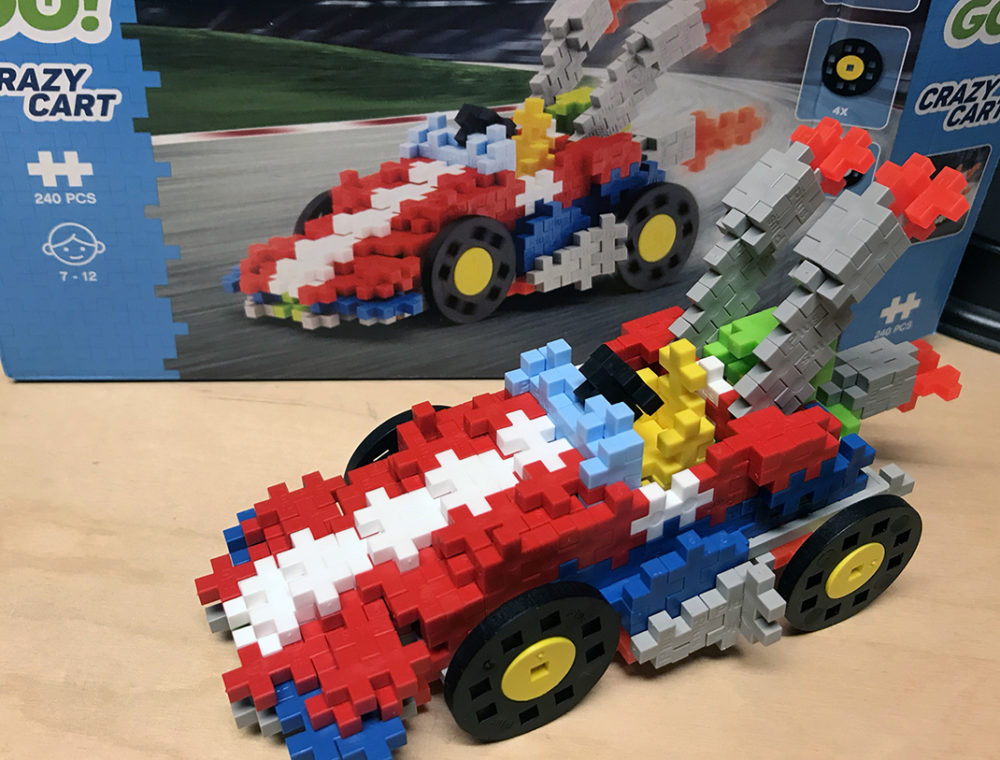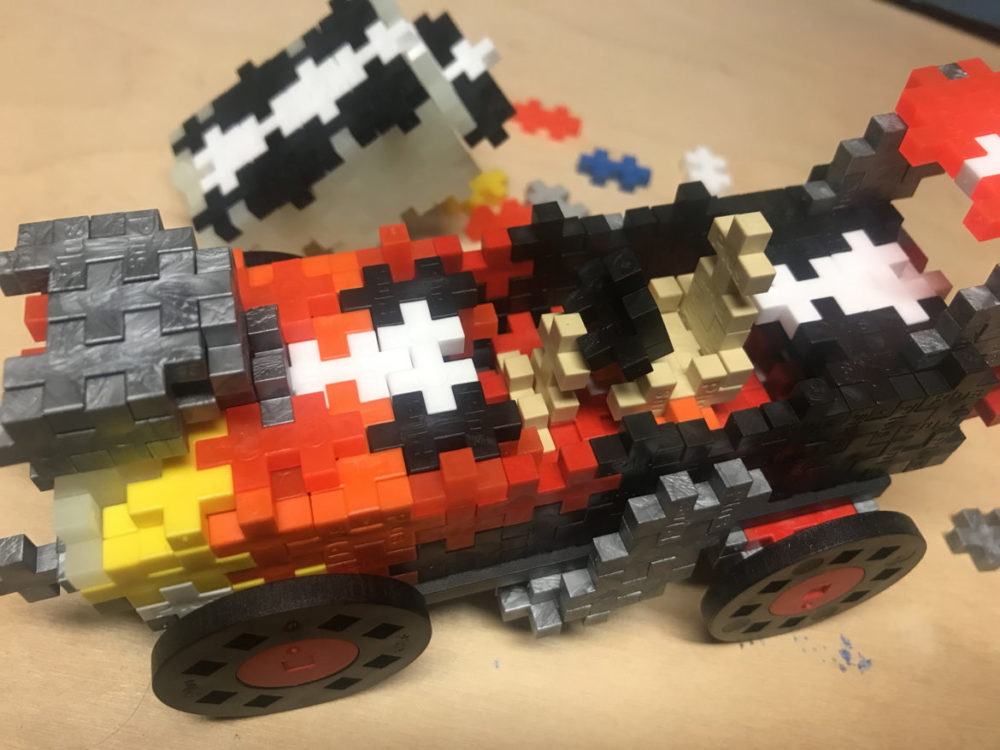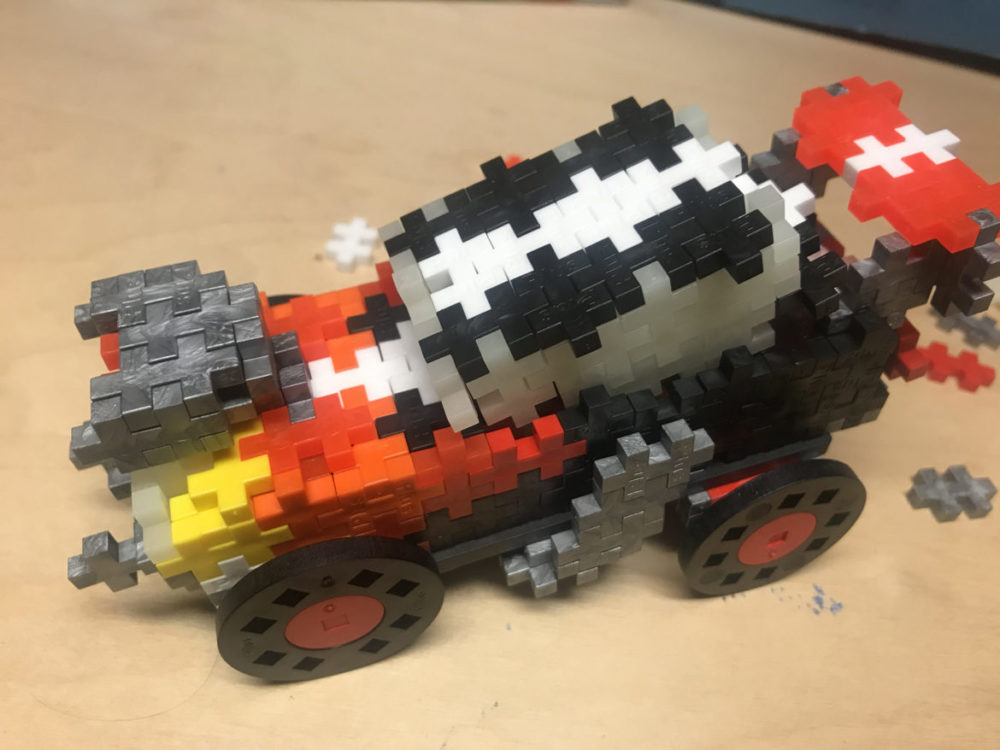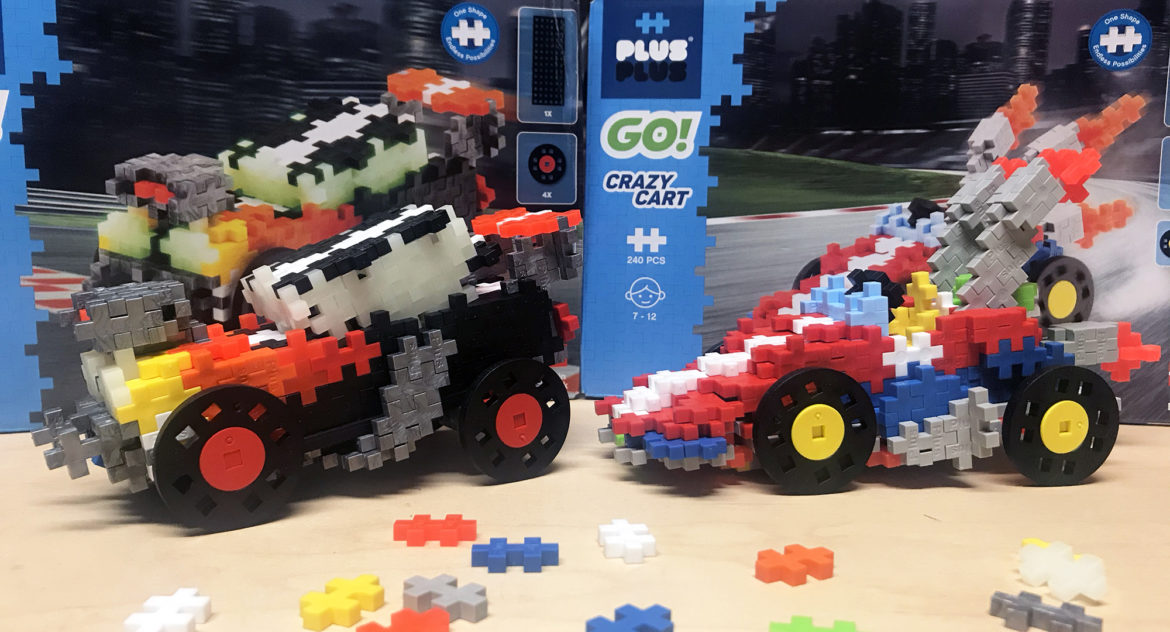TL;DR
Intrigued by Denmark's Plus-Plus building system, this Lego enthusiast dove into the "Plus-Plus Go!" car models. While the core idea of uniform interlocking pieces offers creative potential, the execution for vehicle building falls short. Both the Crazy Cart and Hot Rod models presented frustrating instructions and fragile, unwieldy results. Differentiating identical pieces was also a significant hurdle. Although the concept might shine in free-form building or angular structures, Plus-Plus Go! struggled to deliver a satisfying experience for detailed model construction. Discover if this unique system could still spark your creativity within its limitations.
As a long-time Lego enthusiast, having reviewed various games and building kits, and even visited the Lego House, I was intrigued by Plus-Plus, a building concept originating from Denmark. (Reportedly, Plus-Plus is quite popular in preschool environments.) Can Plus-Plus offer an engaging experience for the experienced building enthusiast?

Plus-Plus models utilize interlocking pieces resembling two conjoined plus signs. With the exception of specialized components like wheels and base plates, all pieces are uniform. This design offers considerable creative potential and versatility.

Plus-Plus Go! is a series centered around constructing car models. I evaluated the Crazy Cart, comprised of 240 pieces. Upon opening the box, I immediately noted the pieces’ flexible nature, which I will address later. The instructions presented a challenge, appearing somewhat cluttered. Even for an experienced model builder, discerning individual pieces and their placement proved difficult. The process often felt more like guesswork than precise model construction.
Once assembled, the car felt somewhat fragile and unwieldy, detracting from its playability. I encountered difficulty incorporating the final two pieces as outlined in the instructions, as shown in the video below:
Following the Crazy Cart, I assembled the Hot Rod, also consisting of 240 pieces. A time-lapse build of this model is featured below:
The Hot Rod assembly proceeded without component issues. However, the roof section remained loosely attached, impacting its overall stability (as demonstrated in the video). Consequently, this model also lacked robust play value.

Another challenge with Plus-Plus is the difficulty in differentiating the identical pieces. Individuals with even mild colorblindness may find it particularly challenging. Despite having good color vision, I struggled to distinguish between the red and orange pieces. The resulting models present a somewhat ungainly aesthetic. The inherent shape limitations preclude the creation of rounded or flowing lines. This concept might be better suited for constructing buildings and other angular structures, rather than vehicles.

In conclusion, the core concept of utilizing identical interlocking pieces holds merit and offers extensive creative possibilities. However, the aforementioned issues with the model designs significantly detract from the overall experience. Plus-Plus may be best suited for those who prefer free-form building rather than adhering to specific model instructions.
